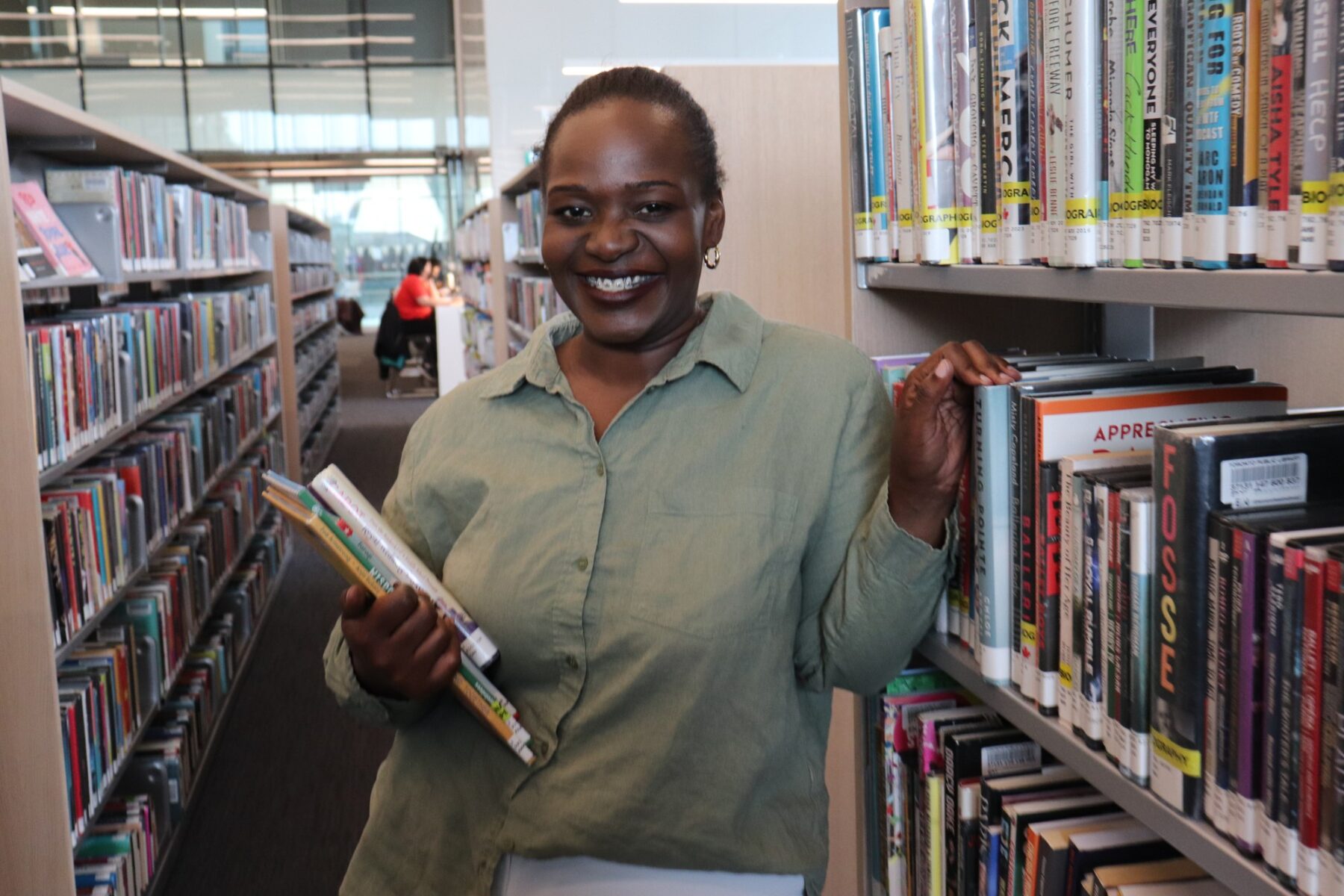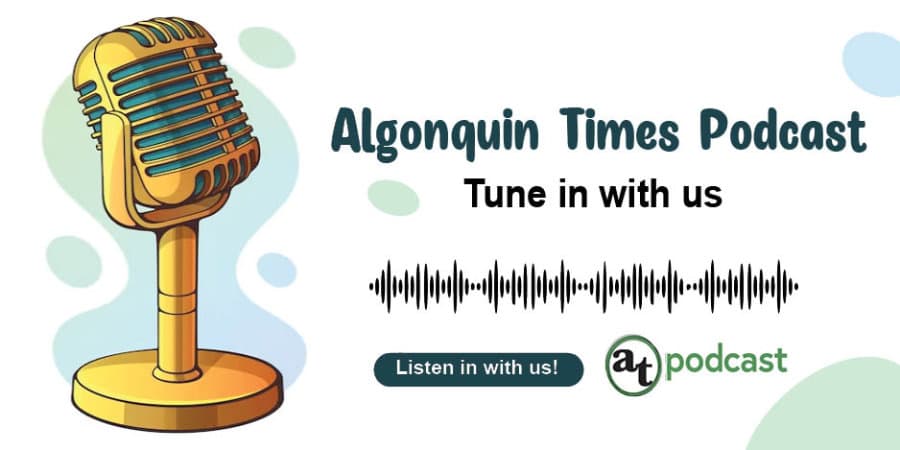First Person: My journey to writing a children’s book

“No, Auntie! Don’t go!” Kavaiah’s sweet voice stops me just as I’m about to step out the door. She tugs at my hand, holding tight to a new book I bought her, I Am Born to Be Awesome by Mechal Renee Roe. “Just read the book one more time, Auntie, PLEASE!” she begs, her eyes wide. How can I not be compelled to stay?
I smile, settle back onto the couch, and she jumps into my lap, eagerly flipping the book open to the first page. Kavaiah is full of energy when we read. She acts out each line, her four-year-old voice rising and falling with each word, making faces and gestures, soaking in every picture and phrase like it’s her first time hearing them.
I start, “I love the stars,” and she shouts, “I love racing cars!” Then we both chime in, “I am born to be awesome!” She takes her time turning each page, determined to slow me down if I go too fast. With every line, she finds something that resonates, whether it’s her love for bath time or playing in the park. She’s not just listening; she’s living each rhyme, seeing herself in the words and pictures. Each time we reach “I am born to be awesome,” she beams, and I feel it too. Her high-pitched voice makes my heart melt.
I never imagined that enrolling in Algonquin College’s journalism program would lead me to begin to write a children’s book. When the opportunity to write a personal narrative arose, I thought, why not take it further? Why not challenge myself to write a children’s book in seven days? I naively thought it wouldn’t be too hard, after all, it’s a children’s book. How complicated could it be?
Well, as it turns out, it was more challenging than I anticipated.
Day 1: Brainstorming the big idea
I knew the core theme of my book would focus on empowering young girls, especially through the mother-daughter relationship. My mother and I have always been close, a bond that grew even stronger as I got older and moved away. She instilled in me a strong sense of self-worth, reminding me that I was beautiful, smart and one of a kind. I never saw reflections of myself in toys, books or cartoons, so I relied on her validation to feel valued.
Looking back, I also see that while she built my self-image in terms of appearance, she often made my decisions for me. I rarely had the chance to choose for myself, which made it hard for me to trust my choices as an adult. I want my niece, Kavaiah, and other young girls to feel a deeper confidence, one rooted in their instincts. This realization sparked a clearer purpose for my story, but it still felt broad. I knew I needed some outside guidance.
Day 2: Seeking professional advice
Natalie Morrill, a writing professor at Algonquin College, offered me invaluable advice: “Write from the child’s point of view, not the adults.” Adults often impose what they think children should learn, Morrill explained, but what truly resonates is what appeals to children themselves.
This shifted my whole perspective. Up until then, I had been approaching the story from my adult experiences, thinking of my struggles, my insecurities and the decisions I sometimes feel lost in. I was focusing too much on Me, Me, Me and what I needed to heal my inner child, rather than thinking from the perspective of my protagonist, a four-year-old girl.
With this new insight, I felt more prepared to move forward, but I knew I needed more inspiration.
Days 3 & 4: Diving into research
Armed with Morrill’s advice, I immersed myself in the world of children’s books to better understand the writing process. I spent hours on YouTube, watching interviews with children’s book authors and soaking up their tips for creating stories that resonate with young readers. One piece of advice that stuck with me came from author and YouTuber Eevi Jones. “Show, don’t tell,” said Jones. “Let the illustrations complete the story.”
I realized I hadn’t read a children’s book in a while, so I needed to experience them firsthand.
Day 5: A field trip to Indigo
I spent nearly three hours at Indigo, walking through the aisles of the children’s section and reading books aimed at my target audience, kids aged 2 to 5. The books that resonated with me most were stories of empowerment like I Have a Superpower by Stephen Curry and The Idea in You by Sean Qualls. Yet, I noticed something missing…the focus on the girl child. Most of the protagonists were boys.
What I loved about I Have a Superpower was its cinematic feel, allowing for roleplay and animated reading, a full experience that makes the story come alive. The Idea in You centred the child in the illustrations, giving kids space to see themselves as the main character.
Through Kavaiah, my protagonist, I hope to show young girls that their voices and choices matter.
Day 6: Outlining my story
With fresh inspiration from my research and bookstore trip, I returned to my plot, ready to give it structure. I developed a curious and adventurous four-year-old protagonist, and her mother, who would serve as a guide rather than a decision-maker.
Similar to the moment with my niece, where she took my hand and led me to the couch to read together, I wanted to capture that same essence. She knew what she wanted, expressing her desire to spend time with me. It was her choice, and I validated it by reading with her, assuring her of my return to share more moments like these.
Day 7: Writing the first draft
The final day arrived, and I was feeling the pressure. I sat down to write, letting everything I had learned over the week flow onto the page. By the end of the day, I had completed my first draft. It wasn’t perfect, but it was a result of seven intense days of work, growth and learning. The journey of writing this book taught me more than just how to craft a story it showed me that I’m capable of more than I ever gave myself credit for.
Although my book isn’t finished yet, I now have a manuscript that I’m excited to refine and eventually publish. By the end of the journalism program, I will proudly say that I am a self-published author. More importantly, I’ve created a story that I hope will inspire young girls to trust themselves and their instincts.
And if my book helps even one girl embrace her autonomy, I’ll know I’ve succeeded.








